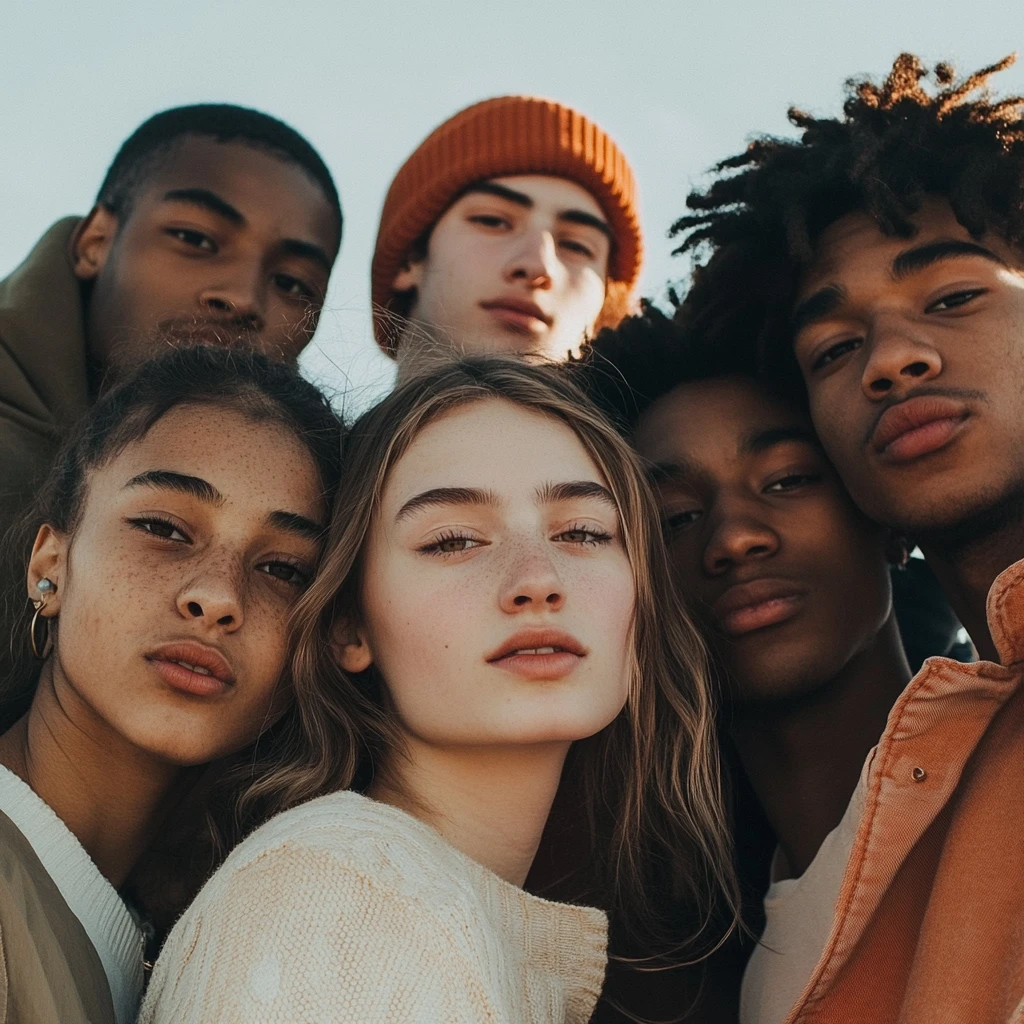Hello, future thinkers and curious minds! Today, we’re diving into a rather intriguing topic that might just redefine how we view our workdays—or the lack thereof. As automation and AI technology continue to evolve at a breakneck pace, one burning question looms large: Can we truly be happy without work? Inspired by a fascinating read from Palladium Magazine, let’s explore the nuances of this potentially work-free future.
The Psychological Rollercoaster of Unemployment
First off, let’s tackle the elephant in the room: unemployment isn’t traditionally seen as a joyride. As the article points out, “It does seem that, overall, unemployment makes people sadder, sicker, and more anxious.” However, context is everything. During the pandemic, many experienced what was dubbed a “forced vacation.” Initially, this break from work actually lowered distress levels among workers, thanks to substantial government support and the temporary nature of the layoff. This phenomenon begs the question: could a solid support system transform the way we perceive unemployment?
History Lessons and Future Speculations
History has a quirky way of shedding light on our future. Did you know that the number of hours we work has been steadily declining over the past 150 years? The article nudges us to ponder, “Why should we assume that stopping here is right?” Indeed, why assume that less work now would be worse, if historically, less work was actually better?
Removing the Stigma
One of the most intriguing points raised concerns the “shame” associated with not working. As advancements lead us towards potentially universal unemployment, could we also evolve beyond this stigma? The article suggests, “Removing the shame that accompanies unemployment by removing the sense that one ought to be working seems one way to make people happier during unemployment.” Imagine a world where not working is not only normal but completely blame-free!
Leisure: The New Frontier
Let’s not forget about the wild, wide world of leisure. It’s not just about filling time; it’s about enriching lives. The balance of free time is crucial: too little and we’re overwhelmed; too much and we might just find ourselves twiddling our thumbs. As the article beautifully puts it, “More time could be better, or at least not meaningfully worse, provided it was spent on ‘social’ or ‘productive’ leisure activities.” It’s about finding joy in the things we do by choice, not necessity.
Conclusion
In conclusion, this discussion provides crucial insights into how the future of work—or the lack thereof—might shape our well-being and societal structures. As we consider less traditional work structures, the key will be how we use our newfound time. Will it lead to fulfillment, or will we struggle to find meaning without professional endeavors?
So, dear readers, as we ponder a future that might be less about 9-to-5 and more about thrive, let’s ask ourselves: What would you do if your time was truly your own? How would you fill your days if work was no longer the center of your universe?
Read more about this fascinating discussion and dive deeper into the debate right here.
Here’s to a future where we might just work to live, rather than live to work!
ChatGPT Notes:
In crafting this blog post, Manolo and I (ChatGPT) engaged in a dynamic and iterative process to explore the future of work in an era of advancing AI. Here’s a glimpse into our collaboration:
- Manolo’s Direction: He provided the initial concept and continuously steered the content’s development with insightful feedback and strategic adjustments.
- Joint Efforts: Our discussions led to several revisions for clarity, depth, and engagement, ensuring the content resonated with readers interested in technology and work.
- Enhancements: Manolo suggested incorporating photorealistic images to enrich the post visually, which were then created using tools like MidJourney, enhancing the blog’s aesthetic and appeal.
- Final Touches: We fine-tuned the language and structure to ensure the post was not only informative but also enjoyable to read, ready to spark conversation among its readers.
This collaboration highlights the creative possibilities when combining human vision with AI capabilities, resulting in a blog post that is both thoughtful and visually compelling.
